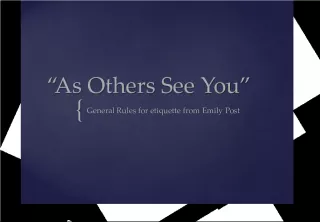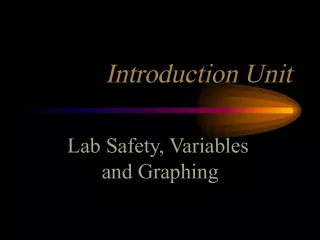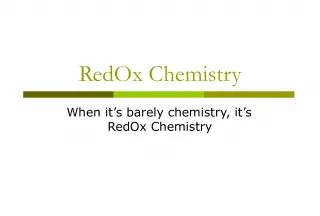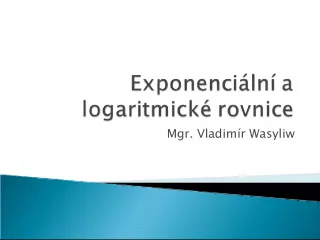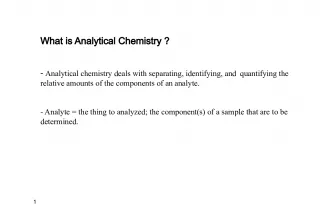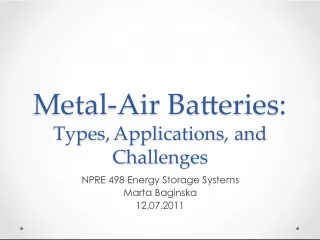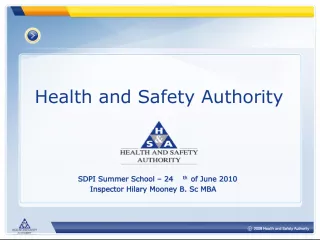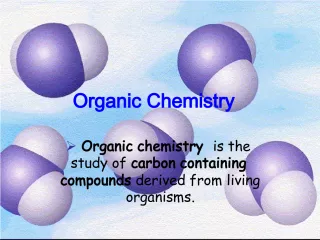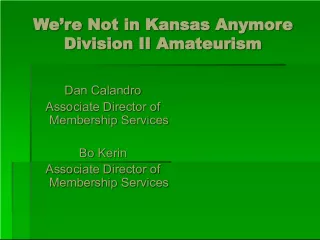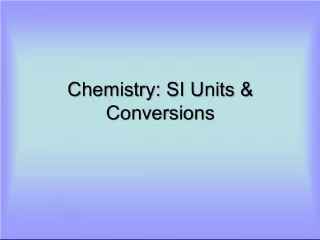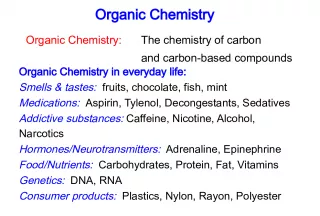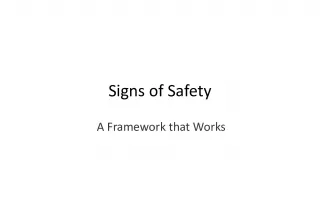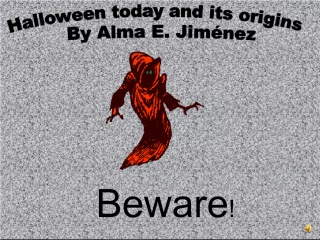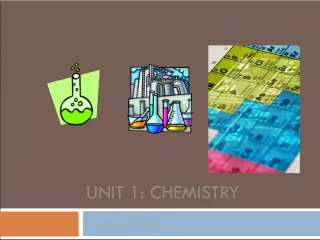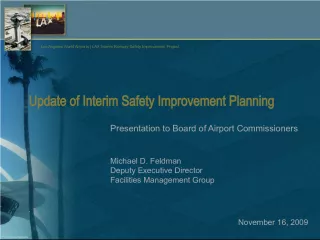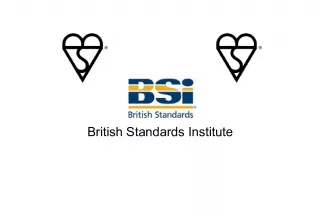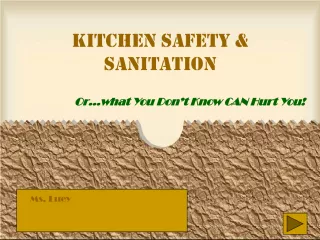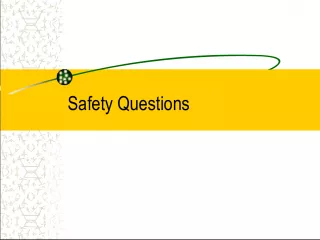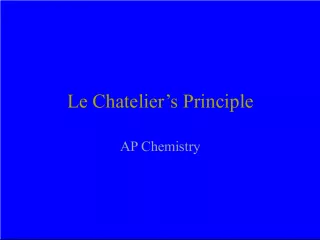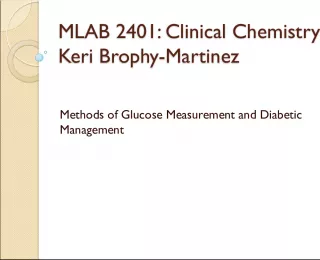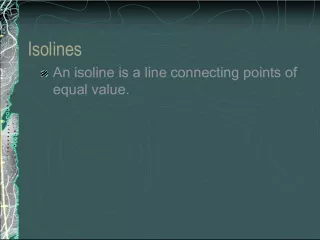General Safety Rules for Chemistry 11 and Cough Sneeze Etiquette
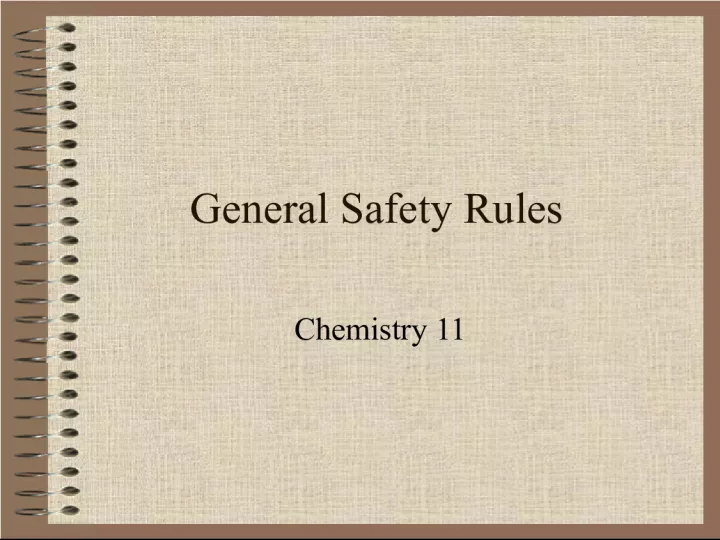

This set of safety rules and etiquette guidelines is essential for students enrolled in Chemistry 11 classes. The first five rules emphasize the importance of preventing accidents
- Uploaded on | 2 Views
-
 javeria
javeria
About General Safety Rules for Chemistry 11 and Cough Sneeze Etiquette
PowerPoint presentation about 'General Safety Rules for Chemistry 11 and Cough Sneeze Etiquette'. This presentation describes the topic on This set of safety rules and etiquette guidelines is essential for students enrolled in Chemistry 11 classes. The first five rules emphasize the importance of preventing accidents. The key topics included in this slideshow are . Download this presentation absolutely free.
Presentation Transcript
Slide1General Safety RulesChemistry 11
Slide2Rules1. No Horseplay! 2. No Running in the class! 3. No unauthorized experiments! 4. Wash your hands!!! 5. Always think about the possible safety- related consequences of any action you are planning to undertake!
Slide3Cough and Sneeze educate +Washing Hands Mr. Wills
Slide4Practicing cough/sneezeetiquette • Place your mouth and nose into your sleeve or tissue. • Sneezing can send particles ~5 metres!
Slide6SAFETYChemistry 11Emergency Equipment
Slide7Fire Extinguishers• Use when the fire is uncontrolled and small. • If you are not sure, leave the room. Close the door behind you and pull the fire alarm. • Evacuate the building!
Slide8Fire Extinguishers Con’t• To use, take the extinguisher to the location of the fire, grab by the handle and yank the safety pin out of the side of the handle. • Aim at the base of the flame and pull the trigger sweeping the spray back and forth.
Slide9Fire Extinguishers Con’t• Large extinguishers will spray for 20s. • Small ones 10s. • You have to get within 4-5 meters for the spray to be effective. • DO NOT SPRAY THE CONTENTS OF AN EXTINGUISHER ON A PERSON!!
Slide10Fire Blanket• Use if a persons clothing or hair catches fire. • Use to smother burning materials on the floor or bench.
Slide11Fire Blanket Con’t• To use pull the cord at the bottom of the fire blanket “tube” to get the blanket out. • A STUDENT ON FIRE MUST STOP, DROP AND ROLL.
Slide12Eyewash Station• Use any time a chemical or solution gets into the eyes. • If something gets into your eye, ask for help immediately and hurry to the eyewash station.
Slide13Eyewash Station Con’t• To use, push the paddle back with your hand and put your face down into the stream or water, so that the water strikes your eyes directly. • You must keep your eyes open!! • In all cases someone must call for help!! • YOU WILL HAVE ABOUT ONE SECOND TO WASH OUT DILUTE ACID OR BASE BEFORE DAMAGE STARTS TO OCCUR.
Slide14Emergency Shower• Use the shower when hazardous chemicals spray over large areas of the body. • To use stand under the shower head and spray water liberally over the affected area. • Clothing must be removed if chemicals soak onto them.
Slide15Acid-Base Neutralizing Solution• This is a specialized solution. Use this solution when ever acid or base is spilt. • DO NOT TRY AND WIPE IT UP!!! CALL YOUR TEACHER. • If the acid or base is on you, then wash with water and call your teacher. Do not use it in your eyes.
Slide16Emergency Notes• If more then one problem occurs, tend to the most serious problem first. • Know how to call for help. – Call the office. – Get another teacher.
Slide17Protective EquipmentChemistry 10 – 12
Slide18Safety Goggles• Safety goggles must be used whenever chemicals are being used or glass-work is being performed. • Goggles must be put on prior to handling any chemicals or glass and must not be removed until after you have disposed of or put away all chemicals or glass.
Slide19Fume Hoods• Must be used whenever poisonous or offensive odours are being produced. • Do not take a rxn mixture out of the fume hood to show anybody. Ask them to come to you. • Pull down the sliding glass only if the rxn is going to splatter.
Slide20Lab Coats• Wear at all times when chemicals are being used. • It will save your clothes, but more importantly they may prevent dangerous chemicals from making contact with your skin.
Slide21Laboratory Hazards• Read page 6 in Hebden.
Slide22In Case of FireChemistry 11
Slide23First• Back out of harm’s way and evaluate the situation.
Slide24Second• Warn the teacher and other students with a shout.
Slide25Controlled Fires• If in a beaker, flask or test tube, the fire can be put out by placing a watch glass or an inverted beaker over the top of the container. • BE VERY CARFUL NOT TO SPILL THE CONTENTS!! • If the fire is small enough, it may just burn itself out. Don’t Panic!!
Slide26Uncontrolled Fires• Everyone must evacuate the room except those who may be using the fire extinguisher. • If possible, turn off the main gas supply in the room. • Someone must be prepared to pull the fire alarm. • Last person out of the room, closes the door.
Slide27(c) McGraw Hill Ryerson 2007WHMIS Symbols • Workplace Hazardous Materials Information System (WHMIS) • A method of ensuring everyone has access to appropriate safety information about any substance they may encounter that is manufactured or sold See page 12
Slide28(c) McGraw Hill Ryerson 2007WHMIS Symbols - II • WHMIS is a system of 8 symbols See page 12
Slide29(c) McGraw Hill Ryerson 2007Other Safety Symbols • Hazard symbols can be found on a variety of commercial products. • There are two kinds of warnings 1. Borders • Dangerous Container • Dangerous Product See page 12
Slide30(c) McGraw Hill Ryerson 2007Other Safety Symbols II 2. Hazards • Explosive • Flammable • Corrosive • Poisonous See page 12
